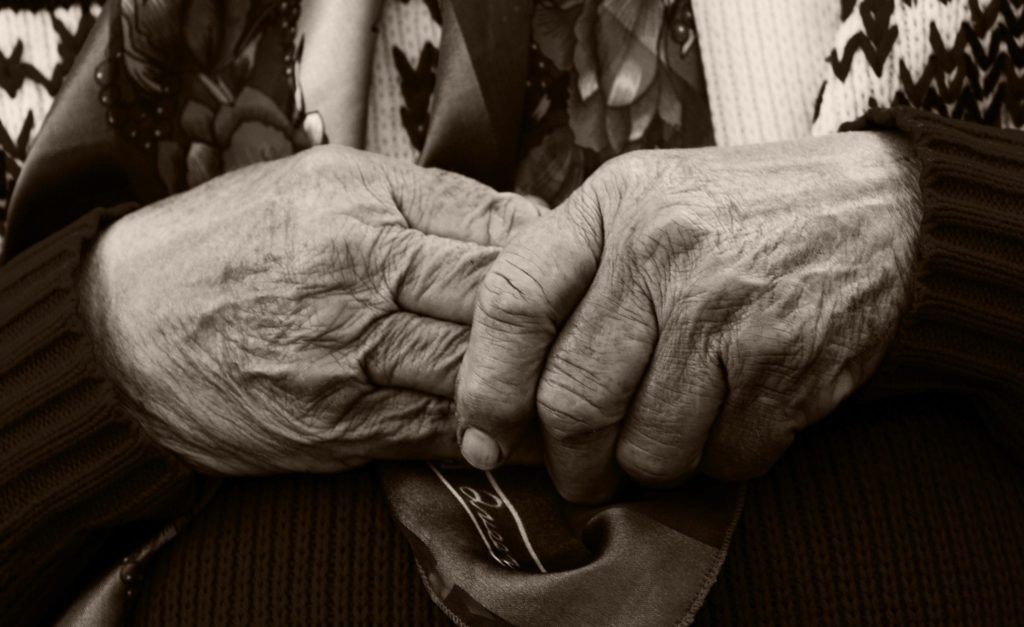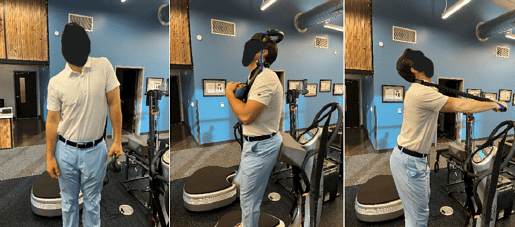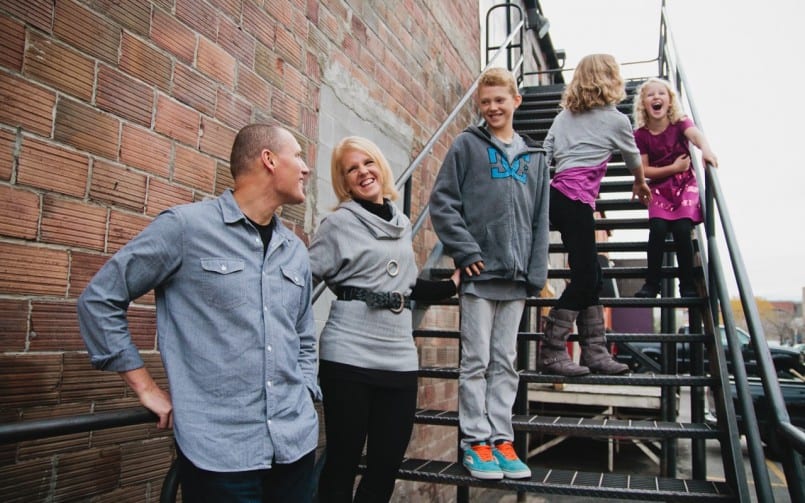Today’s chiropractic can have some challenging starts.
Anywhere from the first 2 weeks to the first 2 months a new patient can struggle with pain. In this blog I’m going to share the story of 2 people that I had to really encourage to stay the course because of the “pain of change”.
It’s a simple enough concept. The same spinal area that is causing the problem, is the area we are targeting for correction.
[ctt tweet=”The same nerves that are in trouble and causing pain are the same nerves we are stimulating and “waking up” with our adjustments.” coverup=”lOU5d”]
The exact same nerves that are in trouble and causing pain are the same nerves we are stimulating and “waking up” with our adjustments.
And in that process, cause discomfort.
Stephanie is a landscaper, in fact more than an landscaper, an Arborist. She started care with a bang. Her first adjustment was a “miracle”. She was immediately out of pain. She had been struggling with excruciating pain for 3 months.
We continued to move forward and adjust because we were correcting a structural problem.
We were going after changed x-ray’s, not just temporary pain relief.
But, two weeks later, she could hardly bend over.
She came in frustrated, scared and didn’t know what was going on. If I hadn’t seen it before, I likely would have panicked too.
What happened? She was doing terrific and then all of a sudden things were as bad as before she started care.
This is where we see the “pain of change” replacing the problem people came in with.
Same nerves, same pain receptors, and here we come, stirring the pot. We’re “going in” to the exact area that is injured in the first place.
Sometimes your body complains.
Not often, but often enough, I’d say in about 20% of people I work with.
Fortunately, if we persevere we do get to the other side and the patient experiences authentic healing. I’ve had people tell me of chiropractor’s that have “made them worse” and I wonder, was it because they didn’t understand the pain of change?
[ctt tweet=”Fortunately, if we persevere we get to the other side and we really see authentic healing.” coverup=”bGUeA”]
In Stephanie’s situation the pain signals were remarkably similar to her problem, and so it was difficult for her to differentiate her initial problem from the pain of change. It can be confusing, especially without an x-ray. But we had an x-ray, so even though it was difficult, she understood.
Our second person is likely the largest man I’ve ever adjusted. And I’ve adjusted some big guys!
Jeff is the kind of guy you want on your side in a bar fight. In fact, you have this man on your side, there is a good chance there won’t be a bar fight:)
He’s muscular, massive and one of the nicest people you will ever meet.
Jeff was improving nicely, until a month into care, and then he started getting sore. The problem is he wasn’t sore when we started. Most people, at that point, would jump to the conclusion that chiropractic made them worse.
[ctt tweet=”Most people would jump to the conclusion that chiropractic made them worse.” coverup=”6vUec”]
Thankfully, Jeff has spent a lot of time in the gym. He knows what it feels like to push his physical training to a point of pain. I don’t just mean, sore muscles after a work out. I mean, “I think I overdid it, I hurt myself” kind of workout.
Pain is different than discomfort.
For Jeff, we changed up some of his adjustments and his pain changed back to discomfort. BUT it still took about a month to get him through to the other side.
It was critical that I helped Jeff understand that he shouldn’t just push through AND that we still needed to keep working to fix his real problem.
We kept adjusting him three times each week with a different series of adjustments and kept working on correcting his postural and spinal problems.
His most recent postural assessment was very positive. And on the plus side, he’s not complaining of discomfort or pain. But he had to stick with it.
Both Stephanie and Jeff pushed through to get to a place where their nerves could be free to do their job. Heal their body.
But if they’d have been confused and “jumped ship” they would have never fixed their problem.
[ctt tweet=”If they’d have been confused and “jumped ship” they would have never fixed their problem.” coverup=”3FflR”]
That is the danger of using pain or discomfort as our only measurement. Sometimes the pain of change just needs to be worked through and sometimes pain is an indication that we’re in trouble.
How do we know the difference?
That’s why it’s so important to keep coming back to your x-rays again and again. Your x-rays are the measurement of how your nerves are doing. When they are getting better, you are getting better. Even after you are feeling great.
Posture and x-ray are measuring tools that really tell us how you are doing and yes, even when your discomfort is increasing your x-rays and posture may be getting better.
[ctt tweet=”Posture and x-ray are measuring tools that really tell us how you are doing.” coverup=”M10QI”]
In fact, there have been several occasions where I scheduled an extra x-ray for someone when I needed to make sure they were going in the right direction.
Their discomfort was significant but their x-rays were changing for the better. That answered the question are “they getting worse” OR is it the “pain of change”?
It was the pain of change.
The challenge is to keep people in the boat when their body is complaining. Some people have the ability to endure, others don’t. And we’ve been so programmed in Canada to fear any discomfort at all.
Our goal at Lighthouse is to help people get out of pain, BUT sometimes getting out of pain means staying in pain for a season. This is not enduring for the sake of enduring. It has to be based on proper progress exams and the testing that confirms that you are heading in the right direction.
[ctt tweet=”It has to be based on proper progress exams and the testing the confirms that you are heading in the right direction.” coverup=”7fgje”]
X-rays and the proper testing are the only way we can tell if you’re body is complaining for the right reason.
The majority of my patients don’t struggle like Stephanie or Jeff thankfully, but if you’re feeling like your body is resisting it could be because great things are happening.
Make sure you talk to us if you’re concerned.
Dr. J would sooner go through your x-rays again, explain why things may be feeling the way they are, than see you frustrated.
Especially if it’s happening because you’re actually doing great.









